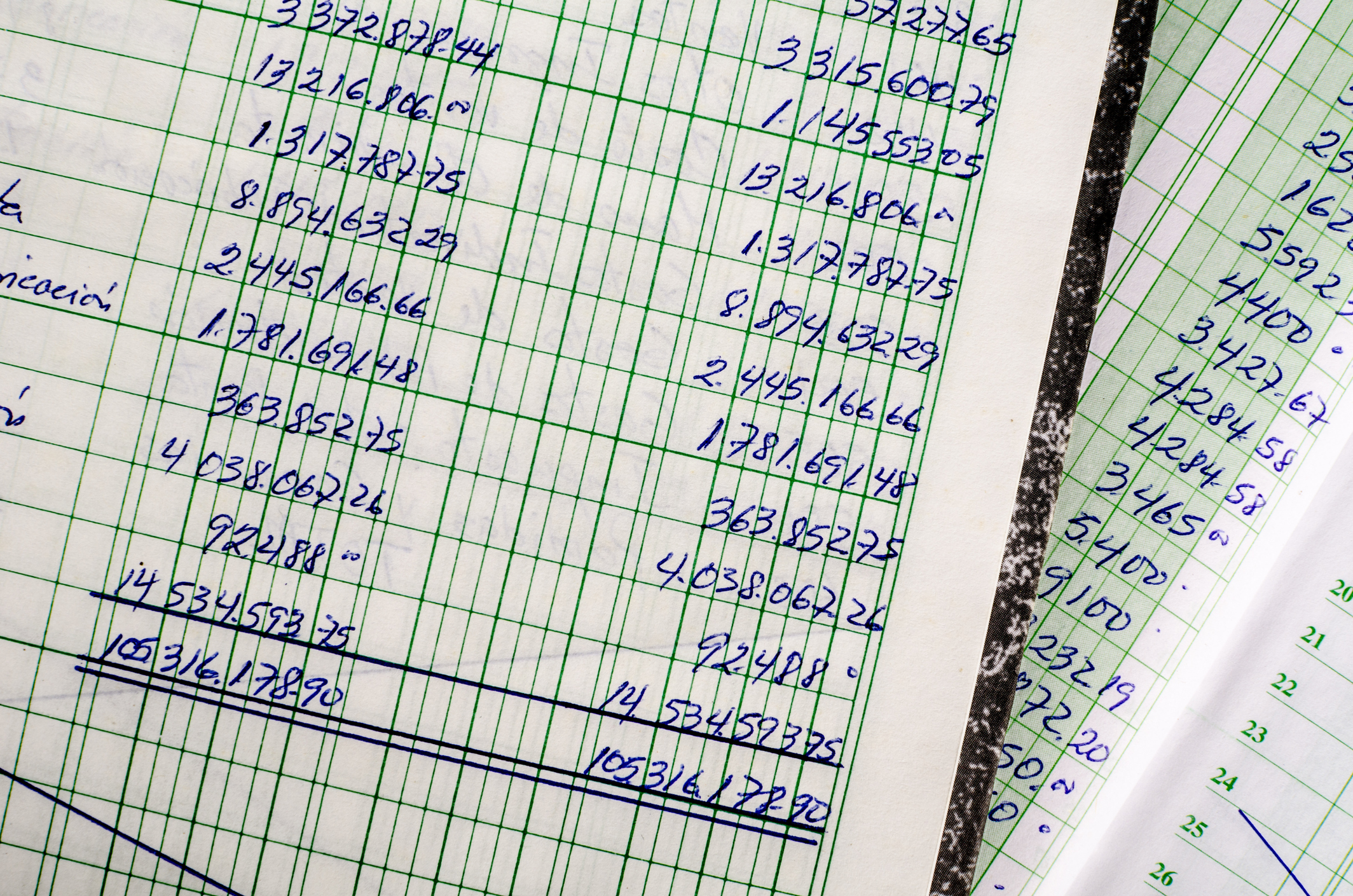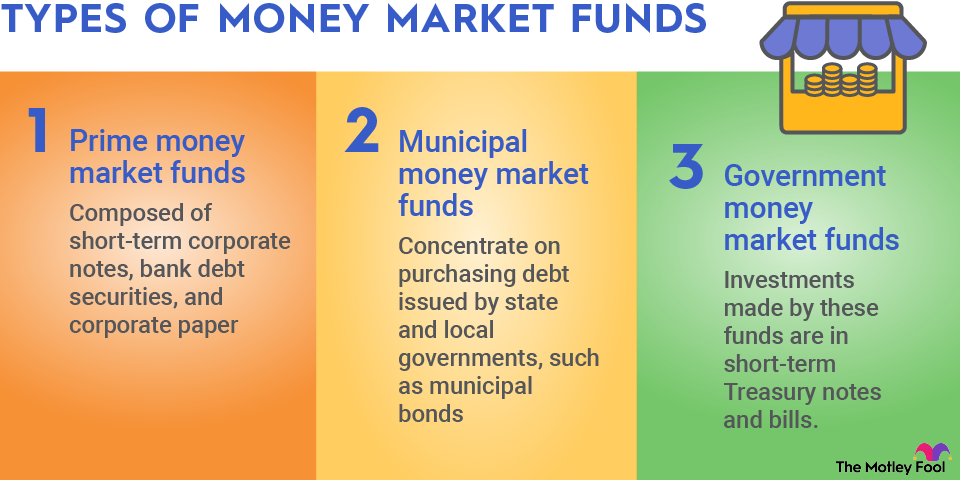When you're running a business that creates a product, it's important to look at your manufacturing expenses in a lot of different ways. One way you can examine the data is by considering the marginal revenue.

What is marginal revenue?
Marginal revenue is the revenue generated by creating just one more unit of a product. For example, if you make baseball bats, and you know the revenue from 50 baseball bats is $500, the marginal revenue comes into play when you calculate the revenue of the 51st bat. If the total revenue for 51 bats is $505, then the marginal revenue of that extra unit is $5.
It can be a confusing concept at first, but it helps companies determine just when they should stop producing products, or at least at what point they need to increase the price for a particular product to remain profitable.
How is marginal revenue used?
Marginal revenue is generally assumed to decrease as more units of an item are produced, so it's a very important metric to track. By keeping an eye on historical marginal revenue, a company can tell when consumer demand changes, which helps them then set the best price for the product.
Companies are also able to use marginal revenue to better forecast future production and future demand, as well as plan for future items based on the materials required to produce them. Although it's often used to consider the cost of "just one more" item, you can also use marginal revenue to project the cost of a group of "just one more" items. For example, you can calculate the revenue of a batch of 1,000 units and then calculate the marginal revenue of producing another 50.
Marginal revenue versus marginal cost
Marginal revenue and marginal cost sound a little bit alike, but they're actually polar opposites. In fact, marginal cost is used along with marginal revenue to determine when it's time to stop production or at least change prices. Marginal revenue tells us the cost of just one more item, but marginal cost tells us the expense of creating just one more item.
So, if your just-one-more item has a marginal revenue of $5 -- that is, that extra item will generate $5 in revenue, and your just-one-more item has a marginal cost of $7, meaning it costs $7 to make that just-one-more item, you know it's time for something to give. Ideally, when marginal revenue and marginal cost are equal, it's time to find a way to increase revenue, and if you can't, halt production.
Related investing topics
How do you calculate marginal revenue?
Marginal revenue is really simple to calculate, even though it can sound intimidating at first. The existing revenue is the total revenue of the series of items you want to measure; let's say it's 100 cameras. Those 100 cameras have generated $1,000 in revenue, which is $10 each for the first 100 units.
When you produce the 101st camera, you stop and measure your revenue again. This time, it's $1,007, which means that the marginal revenue of that 101st camera is just $7.
Here's what it looks like written out as a formula:
(Total Revenue - Original Revenue) / Additional Units = Marginal Revenue Per Additional Unit
So, your total revenue in the example is $1,007, your original revenue is $1,000, your number of additional units is 1, and your marginal revenue is $7.
Marginal revenue generally decreases as production increases, resulting in a downward-sloping curve. This is because most companies will need to decrease their price and their revenue to increase their market share, at least for a while. Knowing where your marginal revenue intersects with the marginal cost ensures that you don't let your marginal revenue drop too far.


















